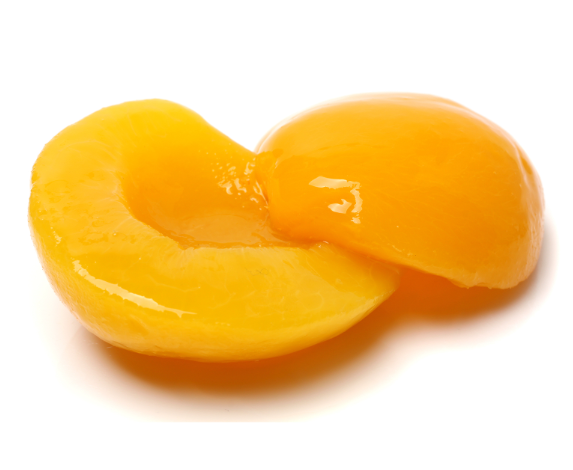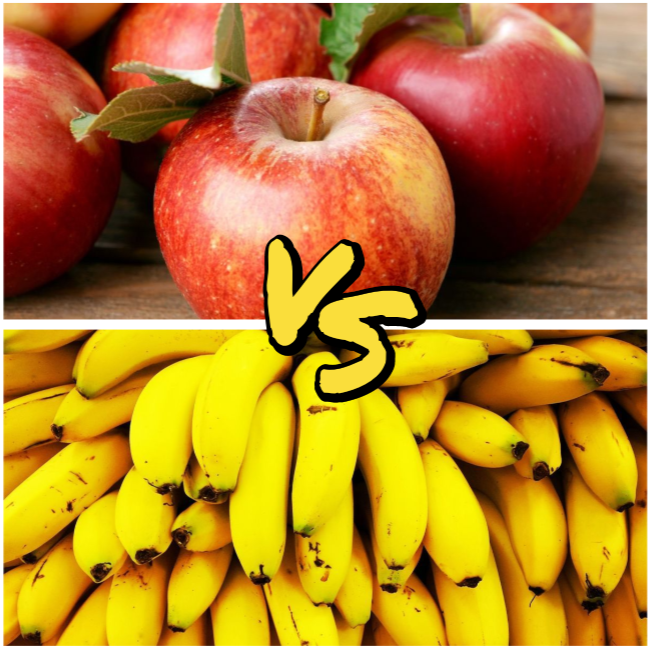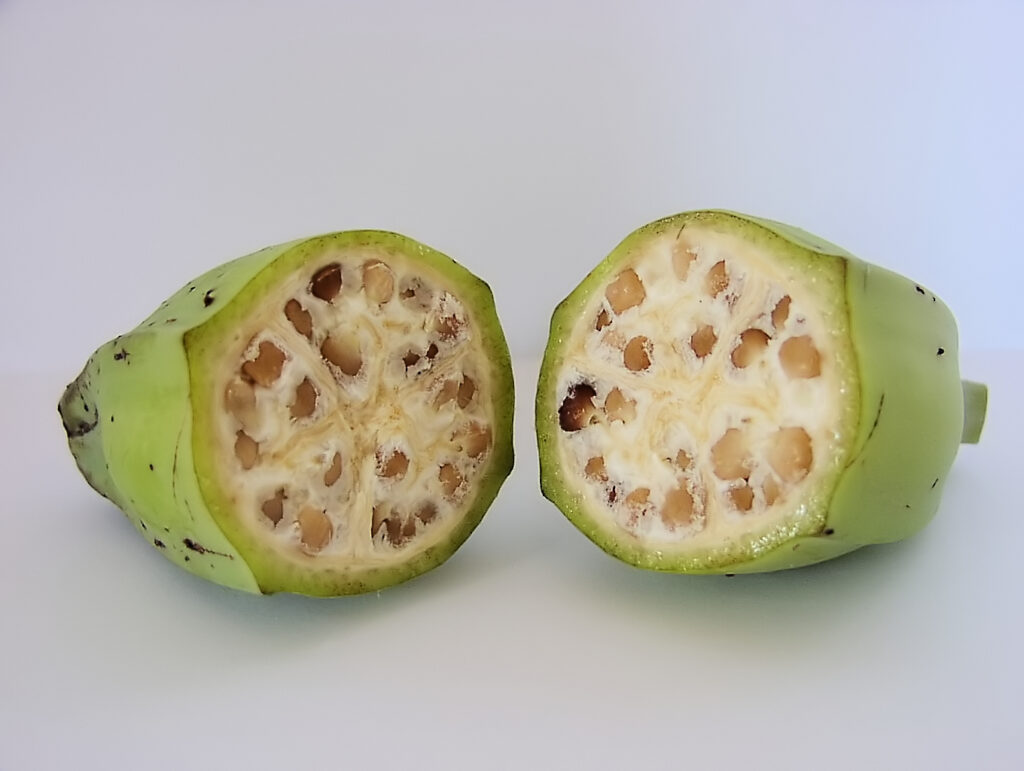When you think of plantains, you might picture the sweet yellow ones often baked into treats like banana bread. They’re also a popular choice for a quick, tasty side dish.
But there’s another less-known type: the green plantain. These are used for creating savory meals and provide a completely different experience in terms of flavor and texture. We’re going to dive into what sets green plantains apart from yellow ones, including how they look, how they taste, their nutrition, and the best ways to cook them.
Table of Contents
What They Look Like
Green plantains are usually bigger and thicker compared to yellow plantains. They’re encased in a tough, green skin that’s not easy to peel, and the insides are solid and starchy.
Yellow plantains are a bit smaller and a lot easier to peel. They’re softer and sweeter too. As they ripen, their skin color changes from yellow to black.
Flavor Profile
The green kind has a starchy taste, much like a potato. You’ll find them in savory recipes like tostones or mofongo.
Yellow plantains are the sweet ones, often found in desserts or served up alongside the main course.
Nutritional Content
Green plantains are a great source of dietary fiber, vitamins like vitamin C, and minerals including potassium and magnesium. They also have something called resistant starch, which is good for your gut health and can help keep your blood sugar level in check.
Yellow plantains still pack some vitamins and minerals, even though they have more sugar and less fiber when compared to the green ones.
How to Cook Them
You’ll want to cook green plantains before you eat them since they’re too starchy to enjoy raw. Boil, fry, or bake them, and consider using them in dishes where you’d usually have savory sides.
Yellow plantains work both ways – you can eat them as is or cook them up. They’re versatile, lending themselves to being baked, boiled, fried, or even grilled.
The Health Perks
Each type of plantain brings its own health benefits to the table. Green plantains have plenty of fiber and that resistant starch we talked about, which is great for your digestive health and blood sugar.
Yellow plantains are on the sweeter side and aren’t as fibrous, but they contribute valuable vitamins and minerals to your diet.
Using Them in Cooking
In the kitchen, green plantains are a solid pick for savory meals. Think of dishes like tostones, mofongo, or as a potato alternative in stews and soups. You can also transform them into chips or use them in place of breadcrumbs for a gluten-free crunch. Yellow plantains are your go-to for sweetness, appearing in delectable treats or as a cozy side. They’re also delicious fried and served as a warm snack.
Making a Choice
So, green plantains are the large, starchy ones with a subtle taste, meant for savory foods, whereas yellow plantains are smaller, sweeter, and perfect for desserts. The green ones have more fiber and helpful starch compared to the sugar-heavy yellow ones.
What to choose between green and yellow plantains really depends on your recipe. For a sweet touch or just a simple side, yellow plantains are perfect. For everything else savory, or when you’re looking to swap out potatoes, go for green.
In Summary
Although at first glance green and yellow plantains might seem much alike, they have their own unique qualities in terms of flavor, appearance, nutritional benefits, and how they’re used in cooking. Picking the right type based on whether you’re aiming for a sweet or savory dish can help you whip up something truly tasty and nourishing.






![What Is the National Fruit of Germany And Why? [ANSWERED]](https://fruitonix.com/wp-content/uploads/2023/04/What-Is-the-National-Fruit-of-Germany-And-Why.jpg)


